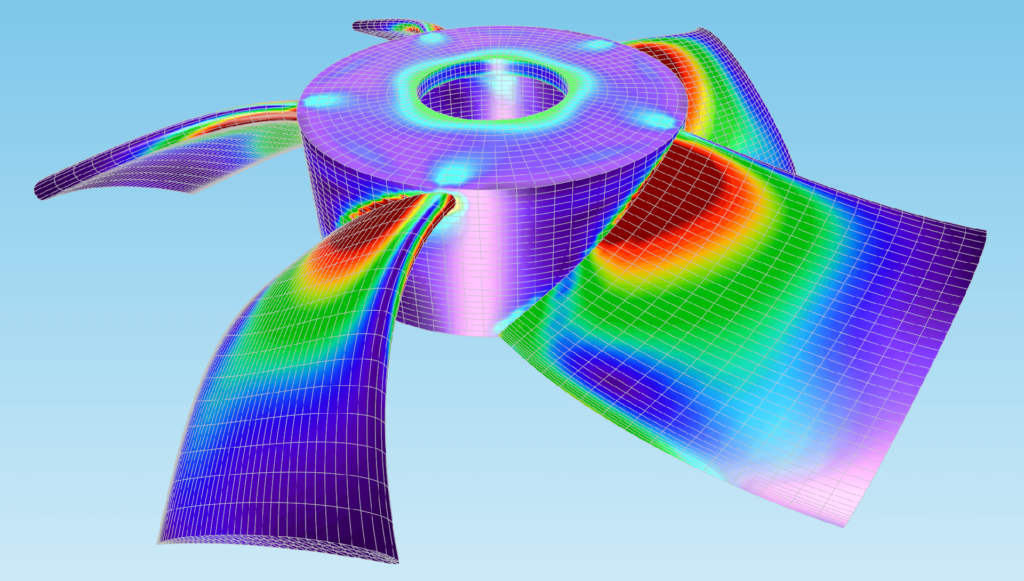
The Finite Element Method (FEM) is a powerful numerical technique widely used for solving engineering and mathematical physics problems, including structural analysis, heat transfer, fluid dynamics, and electromagnetics. This course introduces the fundamental theory, mathematical formulation, and practical applications of FEM using software tools such as ANSYS, ABAQUS, and COMSOL Multiphysics.
Module 1: Introduction to FEM History and applications of FEM Numerical vs. analytical methods Steps in the FEM process.
Module 2: Mathematical Foundations Matrix algebra and linear equations Differential equations in engineering problems Variationally methods and weighted residual approaches.
Module 3: Discretization Techniques Nodes, elements, and meshing concepts Shape functions and interpolation Element types (1D, 2D, 3D).
Module 4: Formulation of FEM Derivation of stiffness matrix Assembly of global system equations Boundary conditions and constraints.
Module 5: Structural Analysis Trusses, beams, and frames Plane stress, plane strain, and axisymmetric problems Static and dynamic loading.
Module 6: Heat Transfer & Fluid Flow Problems Steady-state and transient heat conduction Convection-diffusion analysis FEM in fluid flow applications.
Module 7: Advanced FEM Topics Nonlinear FEM analysis Contact and fracture mechanics Dynamic and vibration problems.
Module 8: Software Applications Hands-on with ANSYS/ABAQUS/COMSOL Pre-processing (geometry, meshing, boundary conditions) Solving and post-processing results.
Module 9: Industry Projects Structural analysis of a machine component Thermal analysis of heat exchangers Fluid flow in pipes/channels Composite material behavior analysis.
Module 10: Future Trends in FEM Multiphysics simulations FEM in AI/ML-integrated design optimization Cloud-based FEM platforms.
Mobile: 9100348679
Email: coursedivine@gmail.com

You cannot copy content of this page